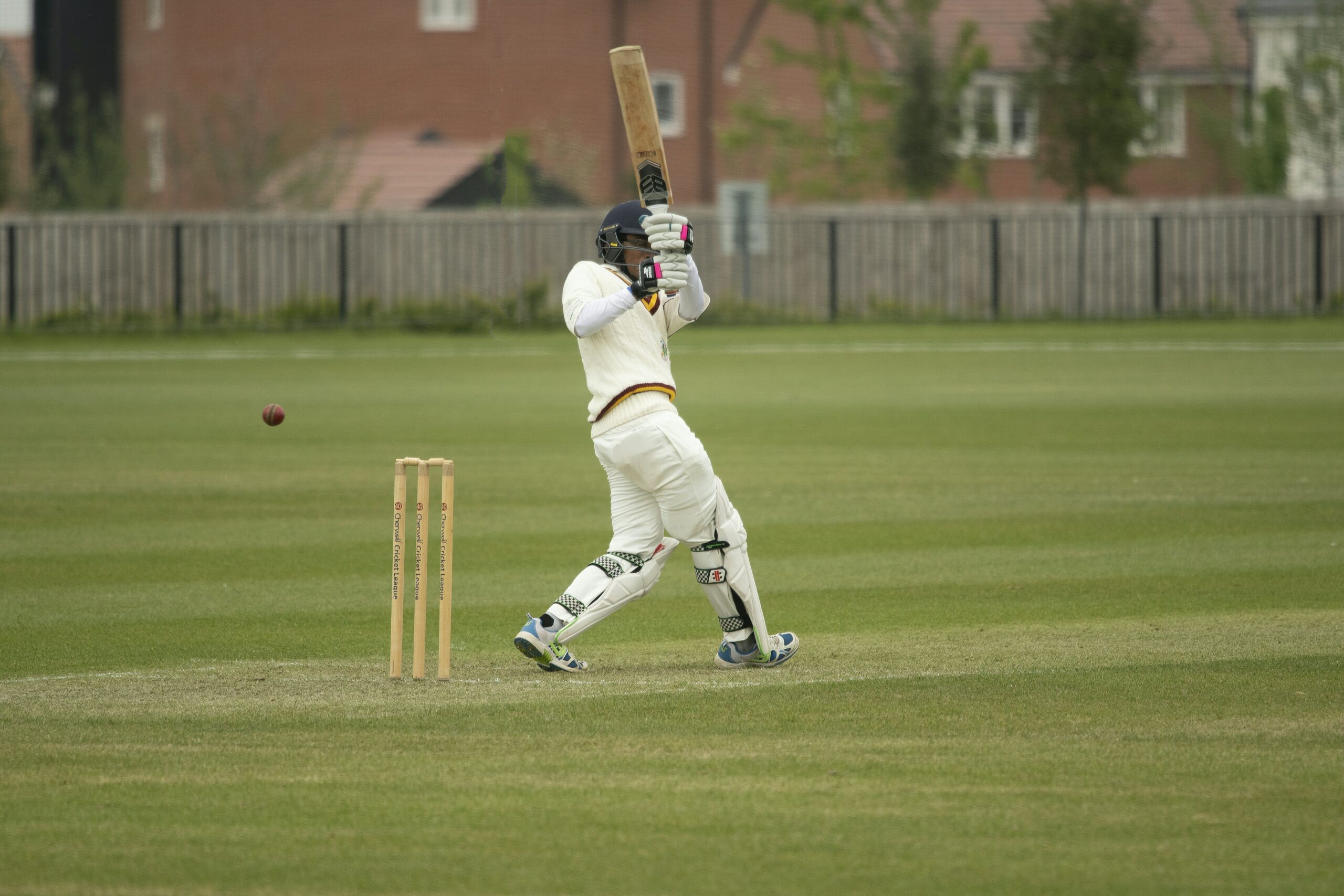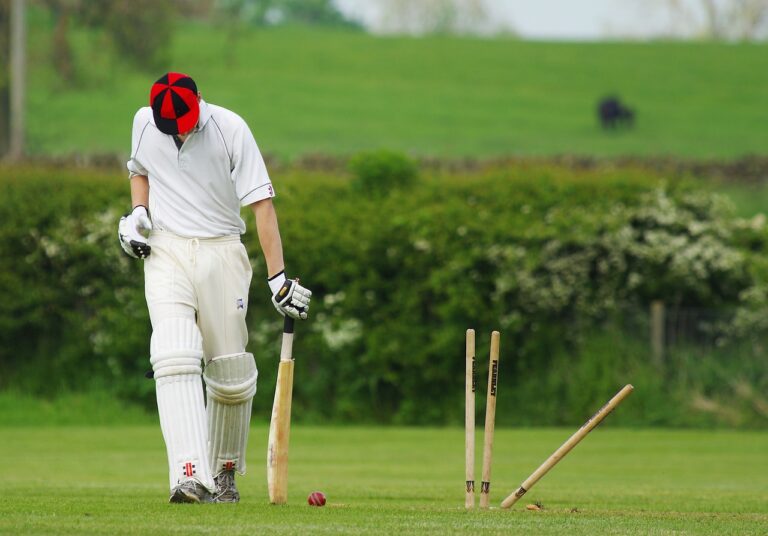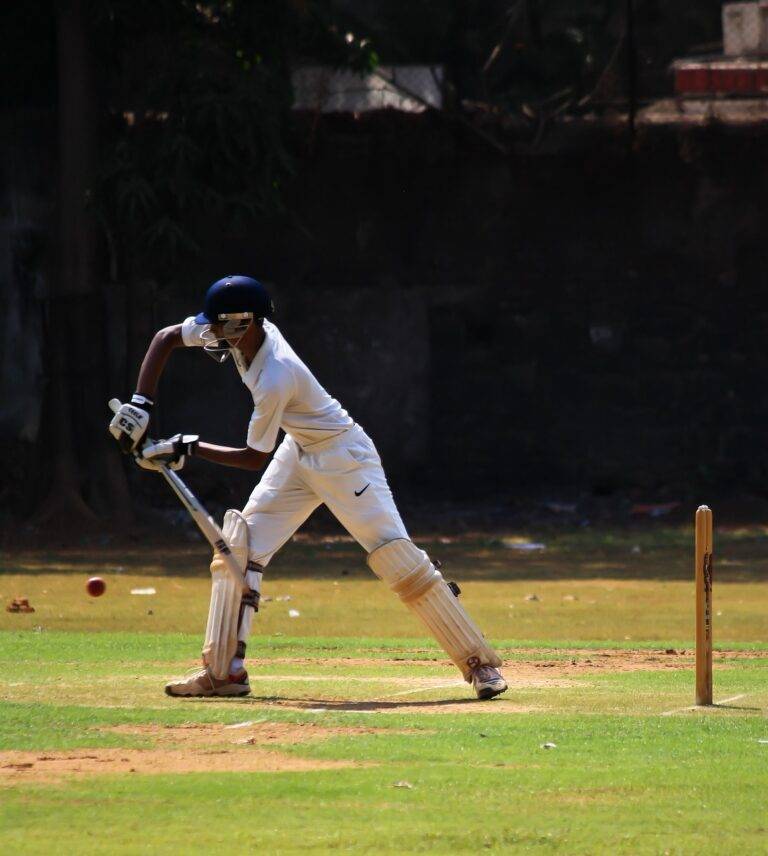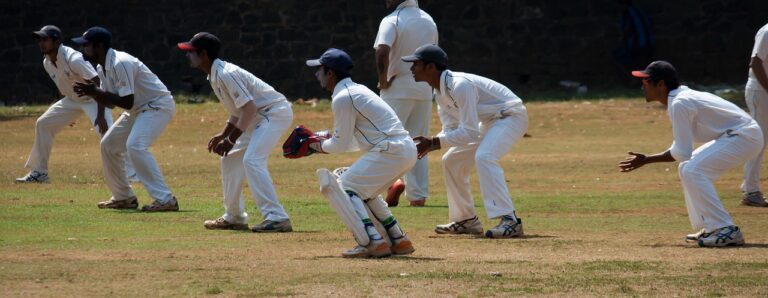The Impact of IPL Match Player Injury Rehabilitation Programs
Injuries are an inevitable part of any sport, and cricket is no exception. In the high-intensity environment of the Indian Premier League (IPL), players push their bodies to the limit, increasing the likelihood of injuries. As a result, IPL teams have dedicated injury rehabilitation programs in place to help players recover and return to peak performance as quickly and safely as possible.
These rehabilitation programs are tailored to each player’s specific injury, focusing on a combination of rest, physical therapy, strength training, and gradual reintroduction to cricket activities. By following these structured programs, players not only recover from their injuries but also build resilience to prevent future occurrences. The goal is to ensure that players can perform at their best throughout the intense IPL season and beyond.
Common Types of Injuries in IPL Players
In the high-intensity world of IPL cricket, players are at risk of various types of injuries due to the rigorous physical demands of the game. One common injury seen in IPL players is muscle strains, often occurring in the hamstrings, quadriceps, or calves. These strains can result from sudden movements or overexertion during matches, impacting a player’s performance and requiring proper rehabilitation.
Another prevalent injury among IPL players is shoulder injuries, such as rotator cuff strains or dislocations. These injuries can occur during fielding, bowling, or while batting, as the shoulder joint bears significant stress during various cricketing actions. Proper diagnosis and rehabilitation are essential to ensure players regain strength and mobility in their shoulders to prevent further complications and maintain peak performance on the field.
Importance of Rehabilitation Programs in IPL
Rehabilitation programs play a vital role in the recovery and performance of IPL players. These programs are specifically designed to address the injuries and physical strains common among cricketers. By focusing on strengthening, mobility, and flexibility, rehabilitation programs help players regain their optimal physical condition and reduce the risk of future injuries.
In the fast-paced and physically demanding world of IPL, quick recovery from injuries is crucial for players to stay competitive and maintain their performance levels. Rehabilitation programs not only aid in the healing process but also ensure that players are able to return to the field stronger and more resilient than before. The structured approach of these programs enables players to gradually progress towards full fitness, allowing them to resume training and playing without compromising their health.
• Rehabilitation programs are tailored to individual player needs
• These programs help in preventing re-injuries by addressing underlying issues
• Improved physical condition leads to better performance on the field
What is the purpose of rehabilitation programs in IPL?
The purpose of rehabilitation programs in IPL is to help injured players recover and regain their full strength, flexibility, and mobility so they can return to the game as soon as possible.
How do rehabilitation programs benefit IPL players?
Rehabilitation programs help IPL players recover from injuries faster, reduce the risk of re-injury, and improve their overall performance on the field.
What are some common types of injuries in IPL players?
Common types of injuries in IPL players include muscle strains, ligament sprains, tendon injuries, fractures, and dislocations.
How long does it usually take for IPL players to complete a rehabilitation program?
The duration of a rehabilitation program for IPL players depends on the severity of the injury. Some players may recover in a few weeks, while others may require several months of rehabilitation.
Are rehabilitation programs tailored to individual players in IPL?
Yes, rehabilitation programs in IPL are tailored to the specific needs and goals of each player. The programs are designed by physiotherapists and sports medicine experts to address the unique challenges of each player’s injury.






